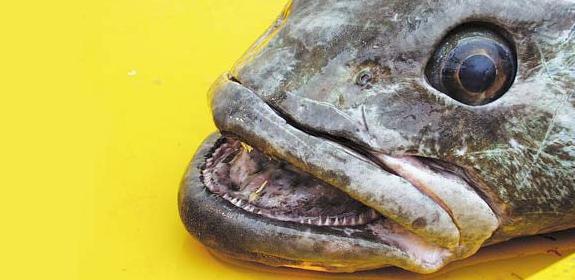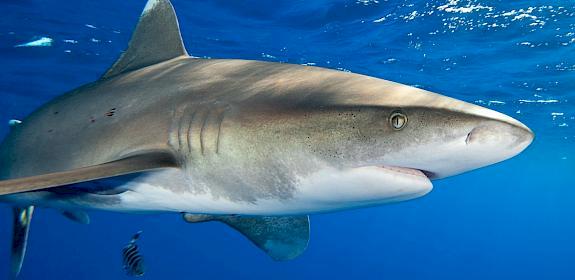CITES at sea
Steven Broad, Executive Director TRAFFIC
Delegates from more than 170 countries are meeting this week and next for the 18th Conference of the Parties to the Convention on International Trade in Endangered Species of Wild Fauna and Flora (CITES CoP18). Among the many diverse wildlife trade issues under discussion is the role of CITES trade regulation in the struggle to reduce over-exploitation of marine species.
Hitting the conference floor last night was a document (under agenda item 12) making the case that past listings of marine species under CITES have encountered implementation challenges and that some have failed to achieve their desired conservation outcomes. On this basis, the narrative suggests that CITES Parties should refrain from additional marine species listings, which would be “tainted”, if adopted.
Indeed there are implementation challenges for some listed marine species and the intended impacts of CITES regulation may not yet be fully realised. However, as TRAFFIC and others have noted, this is equally true for a whole host of terrestrial and freshwater species, as witnessed by the length and complexity of the agenda the CITES conference participants face at their current meeting.
So what sets marine species apart and are there any good reasons why they should be treated differently? Certainly there are special factors: some species have large and valuable trade flows, others are widely distributed and stock information is of variable quality. Furthermore, existing governance and management measures might appear difficult to integrate with CITES implementation, especially as some relevant government regulatory agencies may have limited exposure to CITES measures.
But by way of comparison, such factors are equally relevant for many of the tree species included under CITES regulation to date (through listing in the Convention’s Appendices). And unsurprisingly the development of CITES’ role in timber trade regulation has also faced implementation challenges and slower than ideal progress towards intended conservation outcomes.
Nevertheless, there have been major strides taken with implementation of CITES for tree species over the past decade in particular, including greater interagency action within individual governments; increased investment in capacity building and implementation support tools; better harmonisation with other management and regulation measures; and productive co-operation with other international organisations such as the International Tropical Timber Organization (ITTO).
Certainly it has taken a lot of effort to make this progress and not all challenges are solved. But the big steps forward did not happen because the Parties held back and avoided listings of tree species—quite the opposite—the change came as a critical mass of tree listings built up, when implementation challenges were made clear and assessed. And the bottom line is that it is the strong commercial value of and interests in timber trade that have in fact proven key driving forces motivating such progress.
The experience from CITES’ engagement on timber trade undermines the arguments put forward by those opposing new listings of sharks, sea cucumbers and other heavily trade d species. Marine species listings, when warranted, can be implemented when the will is there to do so. The focus should be on making them work.
There are many ways in which governments attempt to prevent threats from fishing and trade of marine wildlife for seafood and other uses, including fisheries agreements and marine protected areas. As a global biodiversity assessment published earlier this year makes clear, in many cases these efforts are not yet succeeding and over-exploitation is the chief threat to marine wildlife. For some of the species under most pressure from trade, CITES trade regulation undoubtedly offers a critical additional option for remedial action.
As we do for trade other listed species, TRAFFIC will continue to offer its support to CITES Parties in analysing and addressing implementation challenges for marine species and helping to ensure that much needed conservation progress is achieved.




